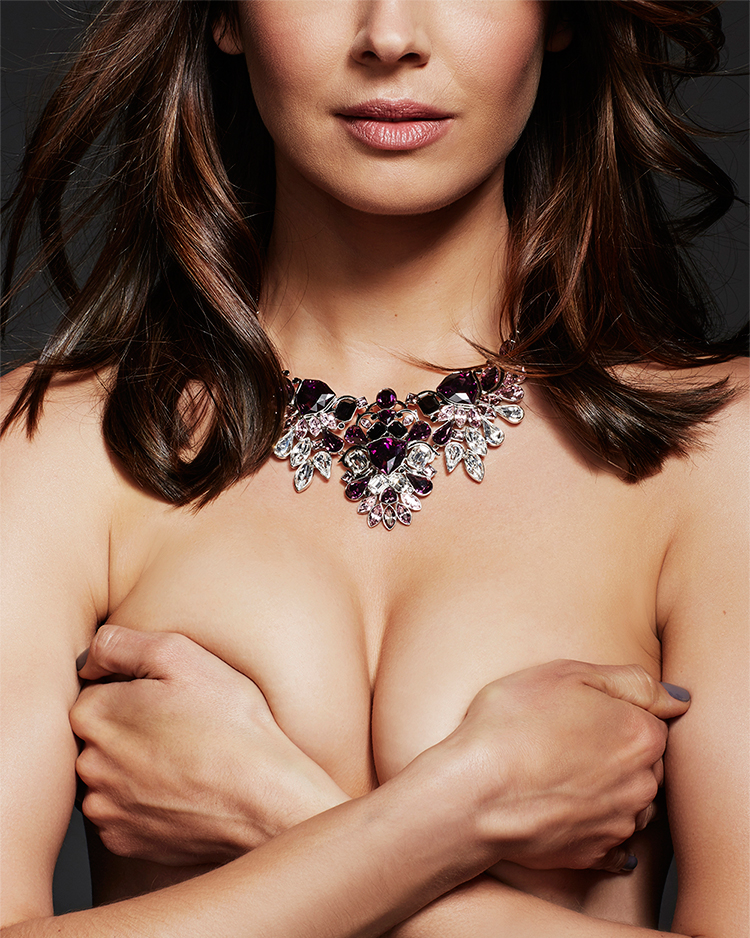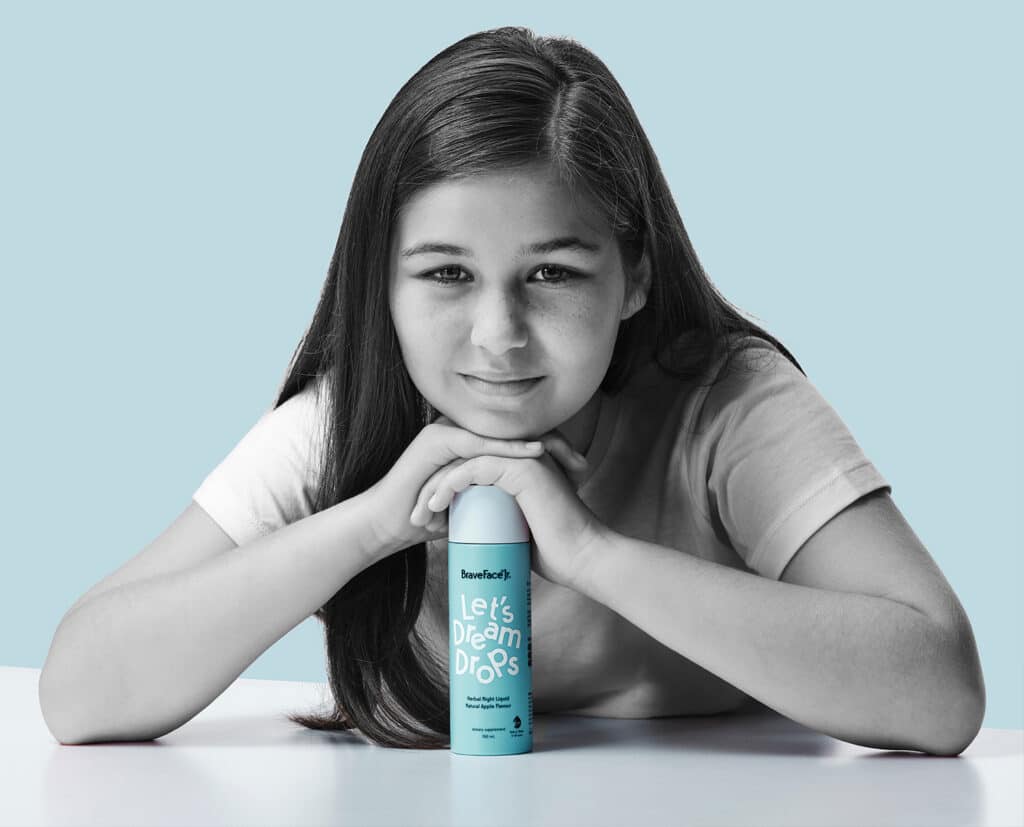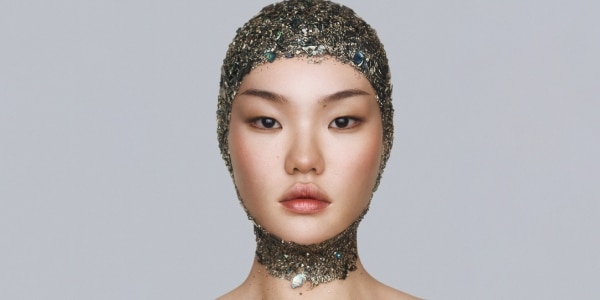
Knowledge is power when it comes to breast health, says Diana Clarke
When was the last time you checked your breasts? Probably quite recently, thanks to the New Zealand Breast Cancer Foundation, which works tirelessly to raise awareness of the disease. The month of October is dedicated to battling breast cancer and countless events, from walks and runs to shows and pink-ribbon wearing, will help to ensure women are better informed about the early signs of the disease and raise much-needed funds to help find a cure.
Eight women are diagnosed with breast cancer each day, making it the most common cancer in New Zealand. However, the breast cancer mortality rate has halved in the past 30 years, thanks in part to NZBCF and the awareness it has raised. Breast cancer is now one of the most survivable forms of cancer, with the five-year survival rate at 92.4 per cent, compared with 81 per cent in 1994.
Screening also plays a crucial role in the early detection and treatment of breast cancer. The national screening programme, BreastScreen Aotearoa, provides free mammograms every two years to women aged 45-69. However, all women should actively and regularly check their breasts for any unusual changes from the age of 20, says Janice Wood, breastcare nurse with the NZBCF. Here she outlines the signs to look out for and the best ways to safeguard your breast health.
SIGNS TO LOOK OUT FOR
Breast cancer occurs when malignant cells form in the breast tissue, says Wood. These cells are very small and are therefore virtually undetectable when first formed. With time, however, cancerous cells alter the look and feel of our breasts. Wood suggests you should look out for the following changes:
• A new lump or a thickened, denser-feeling breast
• Abnormal breast pain
• A change in breast shape or size
• Puckering or dimpling of the breast skin
• Redness or a rash on breast skin
• Changes to the nipple, including inverting, unusual discharge, ulcers or redness.
If you notice one of these signs, don’t panic. Our breasts change as we grow older, have children, and enter menopause, so experiencing one or more of these changes does not necessarily mean you have breast cancer. However, it is always best to be proactive, so discuss anything unusual with your doctor as soon as possible.
PREVENTION
There is no sure-fire way to prevent breast cancer and the main risk-factors for developing the disease – being a woman (men can get it too), ageing and genetics – are beyond your control. However there are a number of steps you can take to give your breasts the best chance of remaining cancer-free, says Wood. These include:
• Watching your weight: breast cancer is more common in overweight women, especially post-menopause.
• Staying active: Studies show that highly active women are 25 per cent less likely to develop breast cancer than women who do little physical activity.
• Drinking less alcohol: There is a 10-12 per cent higher risk of developing breast cancer if you are a heavy drinker. Try to limit your intake and have as many alcohol-free days as possible.
• Reducing hormone replacement therapy: The use of combination HRT (oestrogen plus progestin) increases the risk of developing breast cancer. Talk to your doctor to ensure the benefits of HRT outweigh the risks in your case. If you use HRT, you should have annual mammograms.
From the editors of Simply You: Body & Beauty










